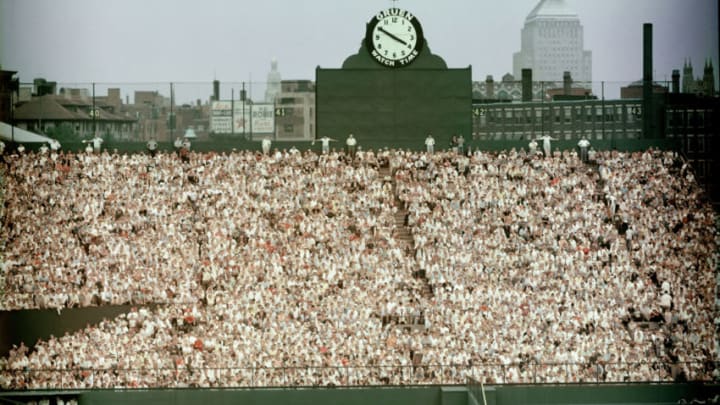
Catcher
What a bleak position for the Red Sox in the 1920s and into the 1930s but right-hand hitting Val Picinich played three seasons for the Red Sox (1923-25) in the middle of his 18-year career. Picinich hit .268 for Boston with little power – only 26 career home runs. Picinich never caught more than 100 games in any season.
Picinich does have a unique presence in baseball history as a personal catcher. Some pitchers are more comfortable with certain catchers and for Picinich the pitcher who longingly looked to him was Walter Johnson. In his time with the Senators Picinich was only absent from two of The Big Train’s starts.
Honorable Mention: Right-hand hitting Charlie Berry has a claim to fame that no other catcher or baseball player has – Berry once led the NFL in scoring with 74 points for the Pottsville Maroons. But as a catcher Berry hit .269 for the Red Sox between 1928-32. In 1932 Berry had 56 CS% for the best in the AL.
